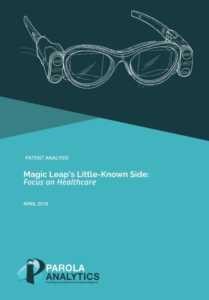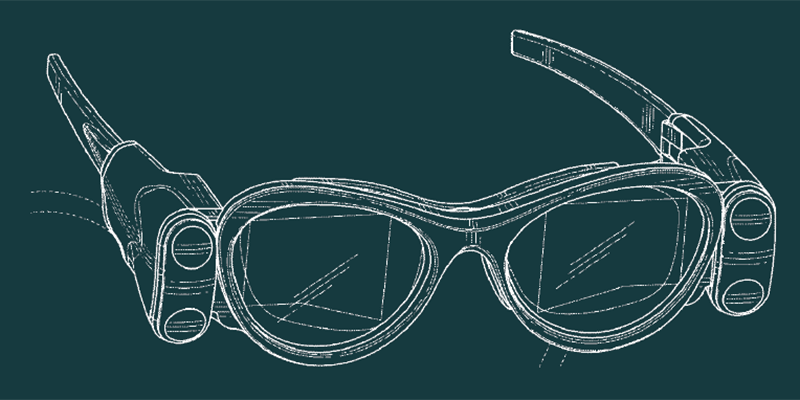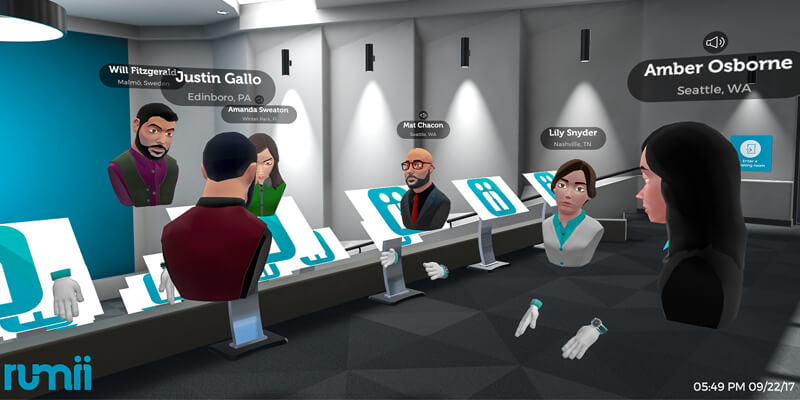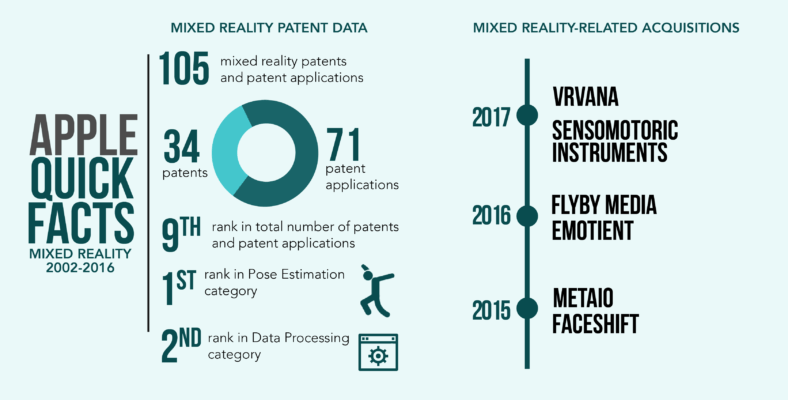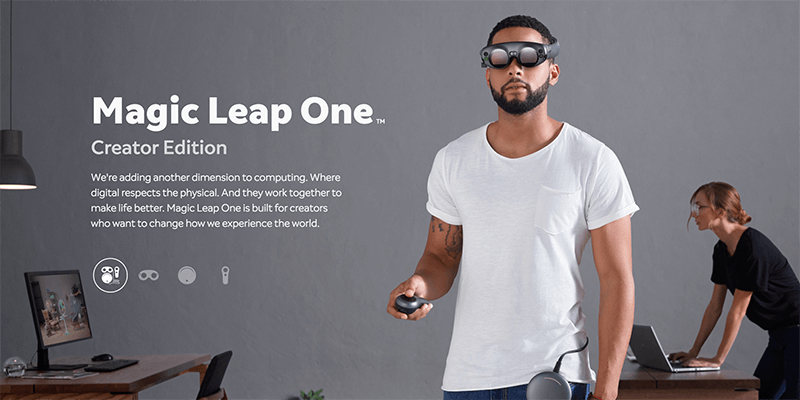After announcing its first commercial product prototype last December 2017, Magic Leap was reported to have finally begun shipping its augmented reality (AR) headsets to a select group of software developers by the end of March this year. More than a week earlier, it also released its software development kit (SDK) to developers. The SDK is designed for its operating system called Lumin OS.3
Magic Leap’s decision to give substantial focus to healthcare, specifically to AR-based ophthalmic devices, differentiates it from most MR players. Our analysis of MR-related P/PA shows that most MR developers tended to prioritize other market segments with broader mass appeal such as gaming, entertainment, social media, and communications.
Why would Magic Leap be specifically interested in pursuing AR-based ophthalmic applications? From a technical standpoint, using AR as a new platform for ophthalmic use cases makes sense because much of the technology that underlie both AR and ophthalmic devices are based on the use of various sensors, optic elements and configurations, and one or more light sources. Whether for use in AR or ophthalmic applications, both systems are designed to detect or measure the way a user’s eyes perceive or react to certain stimuli such as a light source, as well as detect or measure a subject’s visual perception of or response to an image or series of images, color intensity, color contrast, depth, spatial relationships between objects, etc.
The healthcare industry in general benefit significantly from all sorts of technological advances from various fields, whether from the field of engineering, computer science, robotics, imaging, optics, novel materials, or AI and cloud-based data analytics. In particular, AR-based ophthalmic applications offer certain advantages over conventional ophthalmic devices such as AR headsets’ small form factor, a substantial advantage in terms of portability and convenience for both patients and practitioners. AR-based technology also allows for the possibility of expanding ophthalmic device use cases such as general health or wellness monitoring or the monitoring of a patient’s eyesight for certain abnormalities in a non-clinical setting, e.g., home, gym, or office. AR-based ophthalmic devices could thus prove to be a boon to telemedicine.
We conducted research and analysis on Magic Leap’s patents and patent applications , as well as its position in the ophthalmology device market. As of this writing, Magic Leap appears to be the only company so far that has filed as many patent applications specifically directed to AR-based ophthalmic systems.
PATENT ANALYSIS
